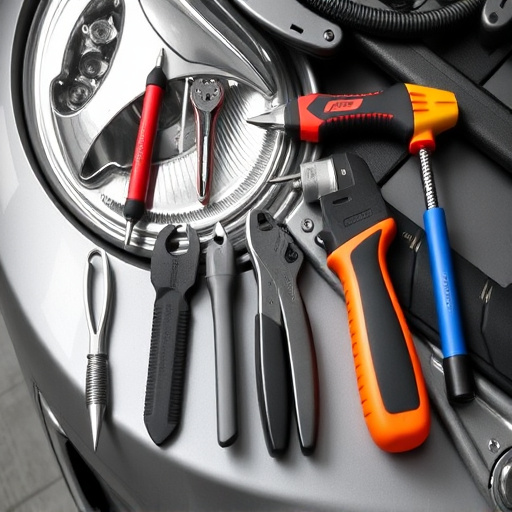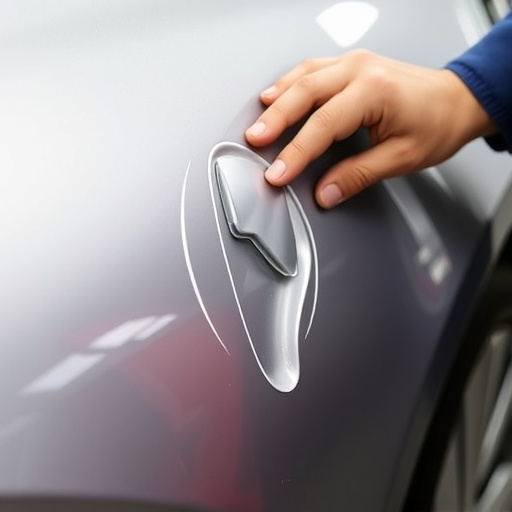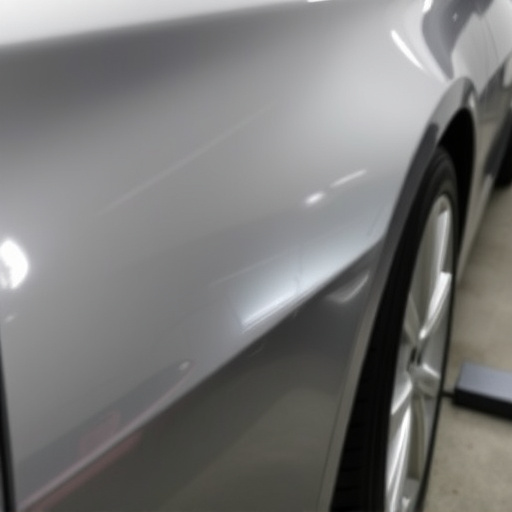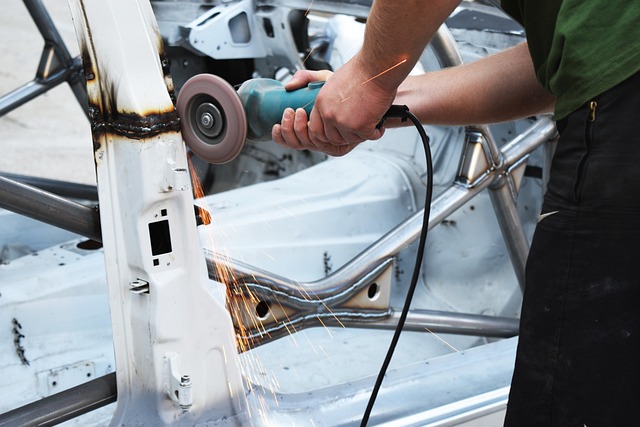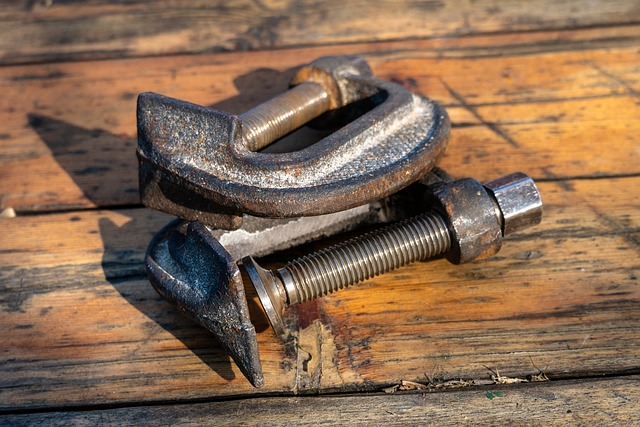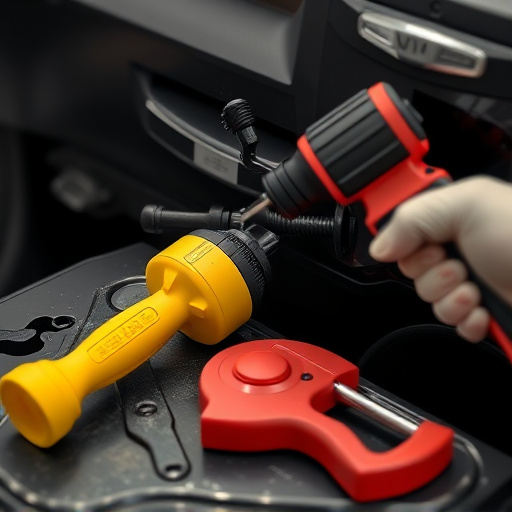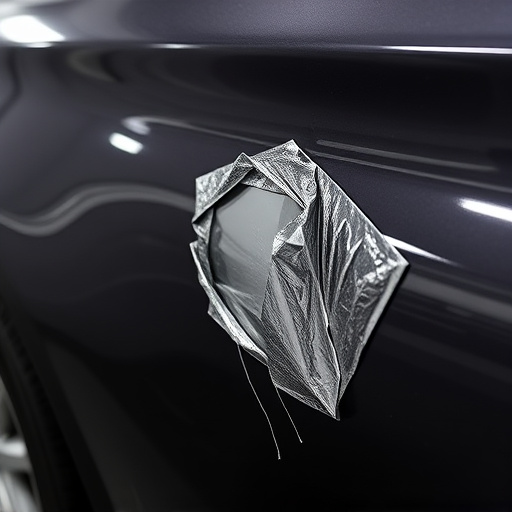The Tesla airbag system, relying on the steering wheel unit, requires specialized knowledge for repair. Key components include inflator, sensor module, and ECU, which must be expertly handled. Diagnosing faults involves using tools to monitor performance data and visual inspections. Repair process includes removing the steering wheel, extracting old modules, installing replacements, and retesting. Persistent issues may necessitate consultation with collision repair specialists.
“Experience peace of mind behind the wheel with a reliable Tesla airbag system. This comprehensive guide delves into the intricate components of your vehicle’s safety net, specifically addressing common steering wheel unit faults. Learn the art of diagnosis through expert insights, ensuring accurate identification of issues.
For hands-on troubleshooting, our step-by-step repair guide offers a clear path to effective replacement, empowering you with the knowledge to address potential hazards swiftly. Navigate Tesla airbag system repair with confidence and enhance your driving experience.”
- Understanding Tesla Airbag System Components
- Diagnosing Steering Wheel Unit Faults
- Step-by-Step Repair Guide for Effective Replacement
Understanding Tesla Airbag System Components
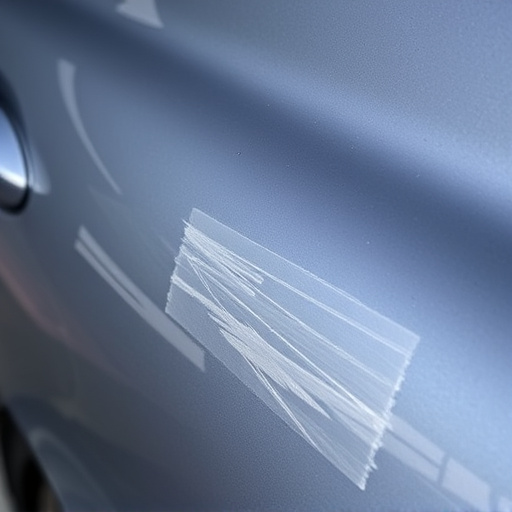
The Tesla airbag system is a complex network of components designed to provide maximum safety in the event of a collision. Central to this system is the steering wheel unit, which houses crucial sensors and control modules that trigger the airbags. This intricate mechanism includes several key parts: the inflator, which generates the rapid gas expansion to deploy the airbags; the sensor module, responsible for detecting the force and speed of a crash; and the electronic control unit (ECU), acting as the brain of the system by coordinating deployment. Understanding these components is vital in performing Tesla airbag system repair, especially when addressing faults in the steering wheel unit.
When it comes to auto repair services for electric vehicles like Teslas, specialized knowledge and tools are essential. Automotive collision repair experts must be adept at diagnosing issues with the ECU, replacing faulty sensors, or fixing damaged inflators. Proper vehicle restoration techniques ensure that not only is the airbag system repaired but also that it functions seamlessly with the vehicle’s overall electrical systems. This level of expertise is crucial in ensuring driver and passenger safety, making Tesla airbag system repair a critical aspect of post-crash vehicle maintenance.
Diagnosing Steering Wheel Unit Faults
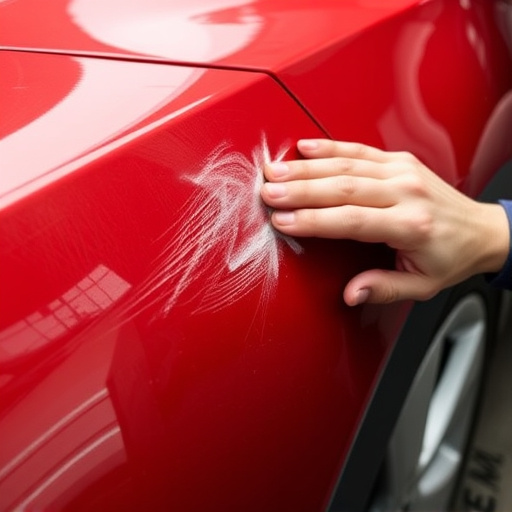
Diagnosing Steering Wheel Unit Faults involves a meticulous process to identify the root cause of any issues within Tesla’s sophisticated airbag system. The first step is to connect a diagnostic tool to the vehicle’s computer, allowing access to real-time data from various sensors and modules. This enables technicians to monitor performance metrics such as pressure readings, sensor signals, and inflation times during key events like impact simulations.
Any anomalies detected, such as delayed or faulty responses, can point towards issues with the steering wheel unit itself, including worn components, compromised wiring, or sensor malfunctions. The use of specialized tools for visual inspection and further diagnostics, such as checking for dents, fender damage, or other physical signs of trauma, helps in corroborating the initial data findings, ultimately guiding the Tesla airbag system repair process towards targeted solutions within an auto body shop.
Step-by-Step Repair Guide for Effective Replacement
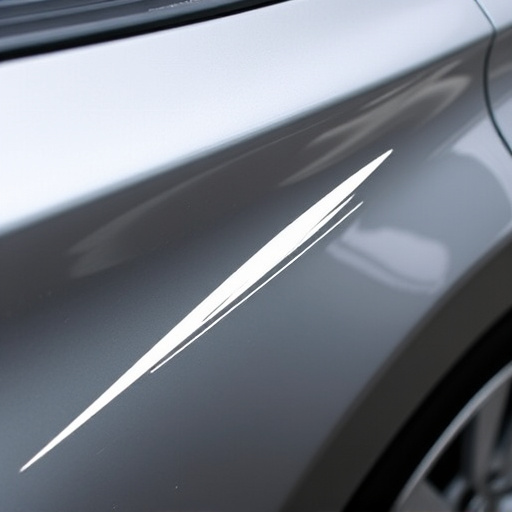
When addressing Tesla airbag system repair for steering wheel unit faults, a step-by-step approach is crucial for effective replacement and ensuring vehicle safety. Begin by powering off the car and removing the steering wheel. Disengage any connected electrical components and carefully cut or unscrew the old airbag module from its mounting. Once exposed, inspect the surrounding area for any signs of damage, particularly in the vehicle’s dashboard.
Next, acquire a replacement airbag module compatible with your Tesla model. Position the new module accurately, ensuring proper alignment and secure fastening using appropriate tools and hardware. Reconnect all electrical connections and test the system to verify functionality. If issues persist, consult specialized collision repair services or auto body shops for further diagnostics, as these experts can provide comprehensive support in addressing complex airbag system repairs.
The intricate Tesla airbag system, a cornerstone of vehicle safety, demands meticulous care during repairs, especially when addressing steering wheel unit faults. By understanding the components and following a structured diagnosis and repair process, such as the step-by-step guide provided, car owners can ensure effective replacement and restore their Tesla’s critical safety feature. This DIY approach not only saves costs but also empowers owners to take charge of their vehicle’s maintenance, contributing to a seamless driving experience.

